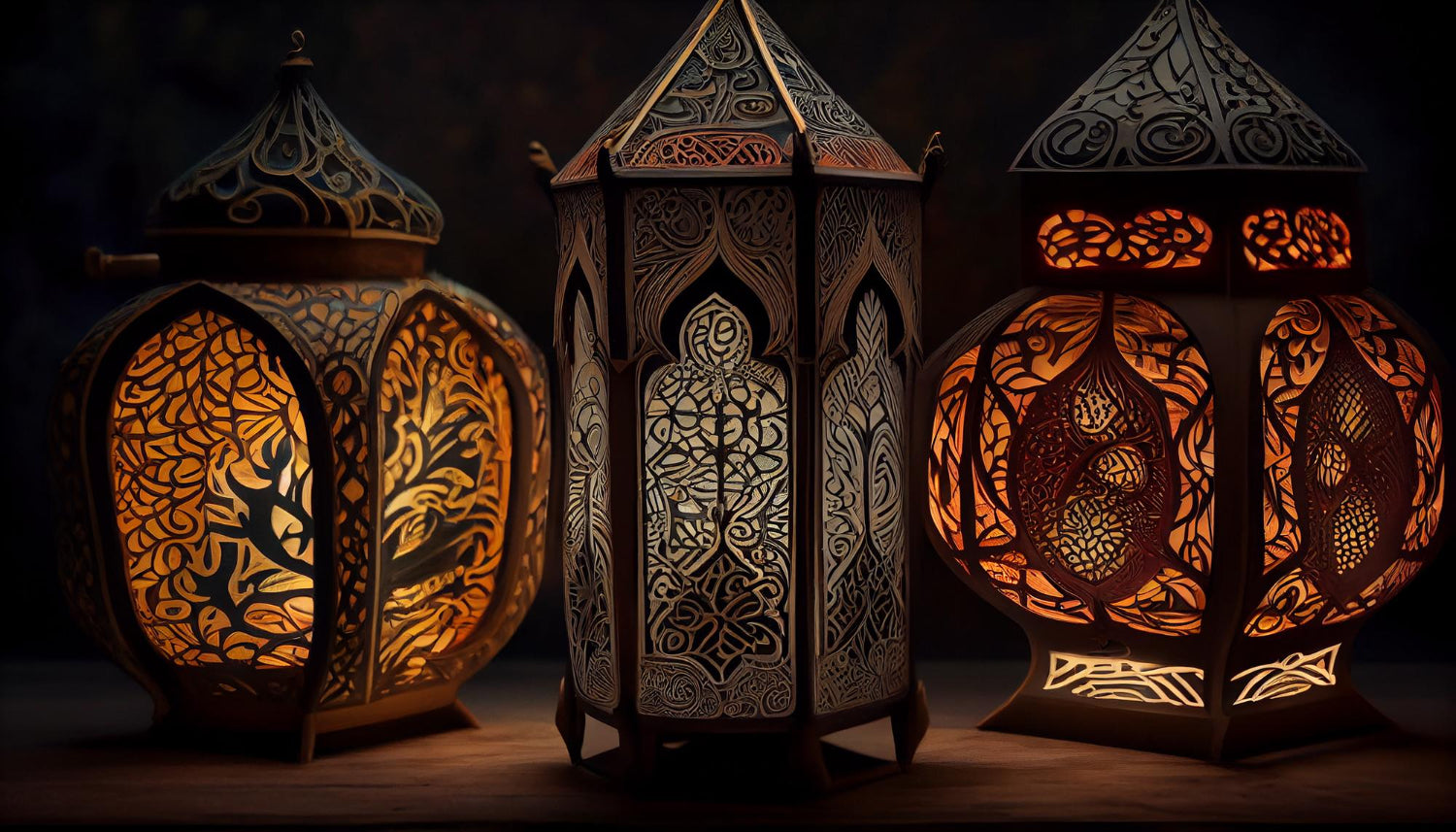Islamic art is a rich cultural tapestry that tells the story of Muslim civilization through its beautiful and intricate designs. Each piece of art, from ancient manuscripts to architectural marvels, carries deep meanings and historical significance. Understanding the origins of Islamic art provides insight into the spiritual and philosophical beliefs that have shaped Islamic culture for centuries.
Islamic art is renowned for its use of geometric patterns, calligraphy, and arabesque motifs. These elements are not just decorative; they encapsulate profound spiritual symbolism and cultural heritage. By exploring the key symbols and their meanings, we can gain a deeper appreciation for the art form and its importance within Islamic tradition. Through this exploration, we can discover how historical symbolism can be thoughtfully woven into contemporary home decor, adding layers of meaning and beauty to our living spaces.
A Journey Through the Origins of Islamic Art
Islamic art has a rich history that dates back to the 7th century, coinciding with the rise of Islam. Early Islamic art drew inspiration from the diverse cultures within the expanding Islamic empire, including Byzantine, Persian, and Roman influences. This blend of styles created a unique and distinct form of art that emphasized intricate geometric patterns, floral motifs, and calligraphy. The focus was often on creating art that reflected the infinite nature of Allah, using elaborate designs that seemed to extend endlessly.
As Islamic civilization spread, so did its art. The Umayyad and Abbasid caliphates saw significant developments in Islamic art, with the construction of grand mosques and palaces adorned with intricate mosaics and ornamental designs. The use of Arabic calligraphy became a significant element, often used to decorate buildings with verses from the Quran. This period laid the foundation for the rich tapestry of art that would continue to evolve over the centuries.
Key Symbols and Their Meanings in Islamic Art
Islamic art is known for its use of symbolism, with each element carrying deep spiritual and cultural significance. One of the most recognized symbols is the geometric pattern. These patterns, often featuring complex star shapes and interlocking designs, represent the infinite nature of Allah. The repetition of patterns signifies infinity and the underlying order and unity of the natural world.
Calligraphy, particularly of Quranic verses, is another key feature in Islamic art. The flowing, elegant script is more than just decorative; it's a visual representation of the divine word. Arabic calligraphy is used in various forms, from architectural elements to standalone artworks. Floral and vegetal motifs, known as arabesques, symbolize the beauty and complexity of nature, reflecting the garden paradise promised in the afterlife. Understanding these symbols can deepen one’s appreciation of the art and its profound cultural meanings.
The Evolution of Islamic Art Styles Over the Centuries
Islamic art has continuously evolved through the centuries, reflecting the cultural and political shifts within the Islamic world. During the medieval period, Islamic art flourished under the patronage of various caliphates and dynasties. The Seljuk Empire, for instance, is known for its advances in ceramics and textile arts, while the Ottoman Empire made significant contributions with its mosque architecture, characterized by grand domes and minarets adorned with intricate tile work.
The Mughal Empire in India also played a major role in the development of Islamic art. They blended Persian, Indian, and Islamic artistic traditions to create stunning miniatures and detailed architectural works like the Taj Mahal. This period saw the diversification of styles and techniques as Islamic art interacted with local cultures and artistic practices. The fusion of different influences created a vibrant tapestry of art that continues to inspire modern artists today.
How to Incorporate Historical Symbolism into Modern Decor
Incorporating historical symbolism into modern decor is a wonderful way to add depth and meaning to your living space. Start by selecting key elements of Islamic art that resonate with you. Geometric patterns and calligraphy are versatile and can fit seamlessly into various design styles. Consider using throw pillows, rugs, or wall art that feature these patterns to create focal points in your rooms.
Think about the materials you use as well. Modern interpretations of Islamic art often utilize contemporary materials like stainless steel or acrylic, giving a fresh twist to traditional designs. You can mix these with more classic elements like wood or ceramic to create a balanced look. Lighting can also play a big part; pendants and lamps with intricate metalwork can cast beautiful shadows, adding an ethereal touch to your decor. By thoughtfully blending historical elements with modern aesthetics, you can create a space that honors tradition while reflecting your personal style.
Conclusion
Islamic art, with its rich history and profound symbolism, offers endless inspiration for modern decor. From understanding the origins and evolution of these artistic traditions to incorporating meaningful symbols into your home, the journey of exploring Islamic art can be both educational and aesthetically rewarding. By choosing elements that resonate with you and thoughtfully integrating them into your space, you can create a harmonious environment that reflects both heritage and contemporary style.
If you’re looking to enhance your abode with beautiful, meaningful Islamic home decor, Modern Wall Art offers a range of stunning pieces that blend traditional Islamic artistry with modern design. Discover our collection today and bring a touch of elegance and spirituality to your living space.
